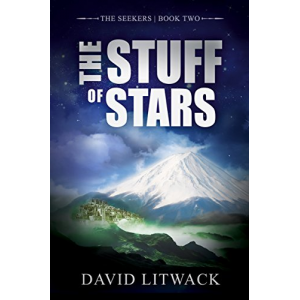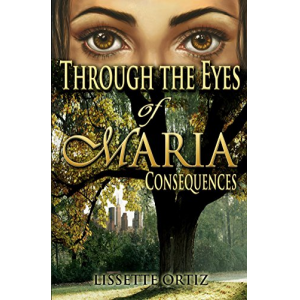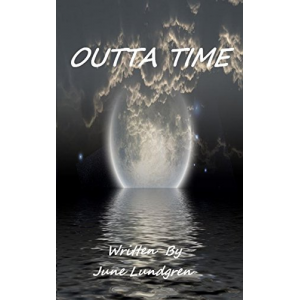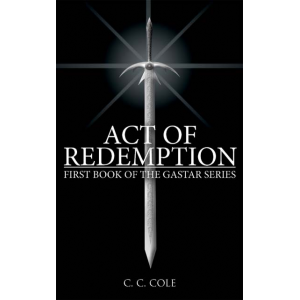- Author
- Book
- Story behind the book
- Media Links
- Reviews
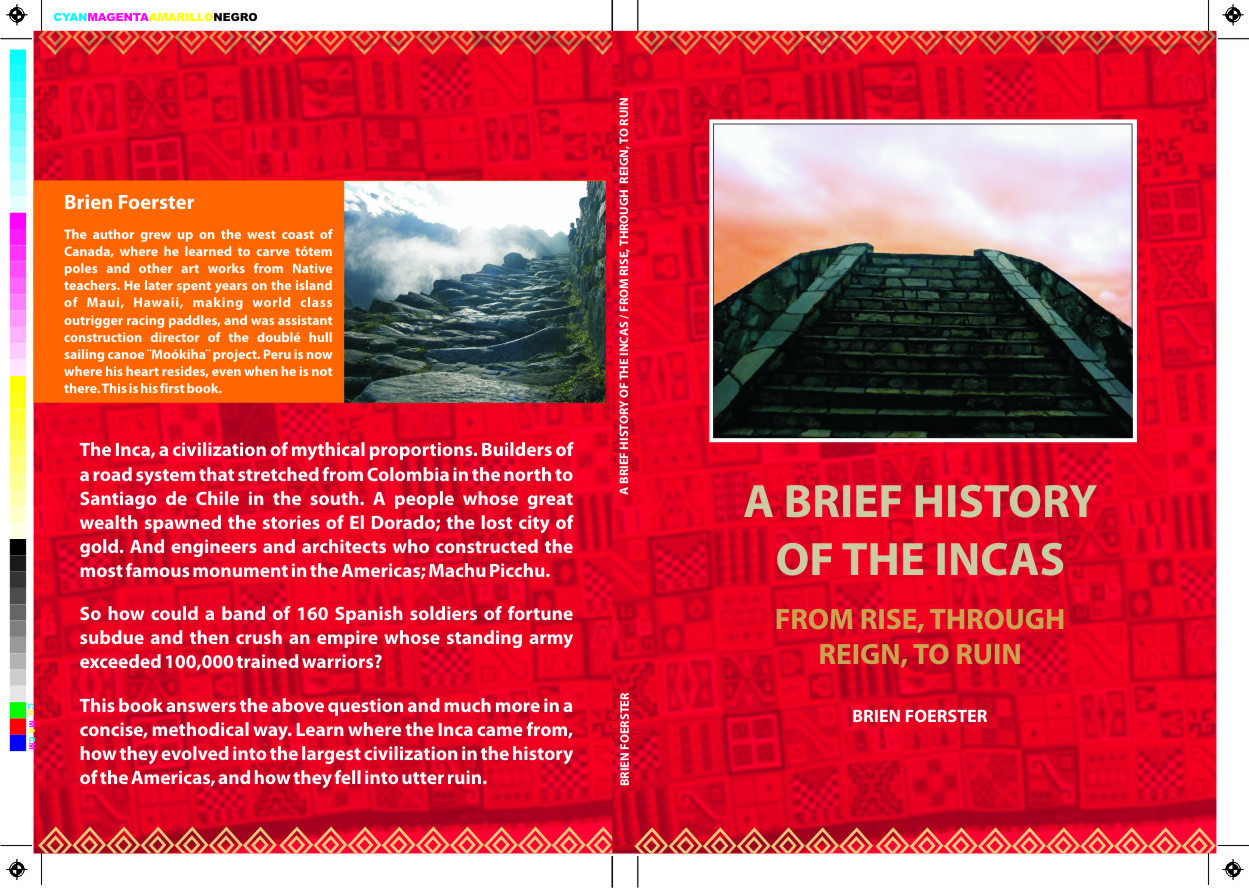
Brien Foerster
About
I was born in Minnesota, U.S.A. and raised on the west coast of Canada. There I fell in love with the oral traditions and art of the Haida people. I began carving at the age of 12, and became a professional sculptor at 25.
When I was 35 I moved to Hawaii, and assisted in the construction of the 62 foot long traditional double hull voyaging sailing canoe " Mo'okiha O Pi'ilani " Sacred Lizard That Pierces The Heavens on the island of Maui. At this time, I began making outrigger racing paddles, which are now used all over the world.
I am now a student of Inca culture; this is my first book.
www.hiddenincatours.com
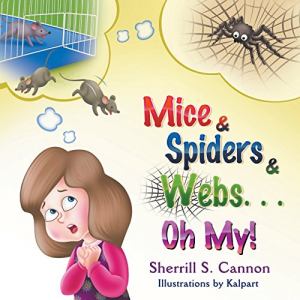
Mice & Spiders & Webs...Oh My!
Description
<p>Mice & Spiders & Webs...Oh My! Is your child a good listener? Rosemary is a little girl who is worried about returning to school after her teacher warns the class that they would soon have some mice, spiders, and webs in the classroom. Could Rosemary have misunderstood something? How can mice and spiders and webs belong at school? Full of "Computer Speak," this story introduces young readers to basic computer terms in a delightful way! See if your child can discover the mystery of the misunderstood words, and learn about the fun of computers with Rosemary. This is the seventh rhyming children's book by this award-winning author, whose other bestselling books include My Fingerpaint Masterpiece, Manner-Man, Gimme-Jimmy, The Magic Word, Peter and the Whimper-Whineys, and Santa's Birthday Gift. Former teacher Sherrill S. Cannon has won twenty-eight awards for her six previous rhyming books, and is also the author of seven published and internationally performed plays for elementary school children. She has been called "a modern day Dr. Seuss" by GTMA Review. "I love to teach, and this book teaches basic computer terms in a fun way. I am retired and spend six months of the year with my husband of 55 years, traveling from coast to coast and sharing books along the way. I grew up in The Willard Hotel in Washington, D.C. , where my father was the manager. I'm the original Eloise!" Publisher's website: http://sbpra.com/SherrillSCannon</p>
Story Behind The Book
The people of the Pacific known by most as "Polynesians" remain a mystery to scholars and the public alike as to their origins. While most academics in the fields of archaeology and anthropology strongly insist that they exclusively came from south east Asia, other researchers, and the oral traditions of the people themselves often differ with this opinion. The presence of red hair, called "Ehu" in Hawaii and "Uru Kehu" in some of the ancient and present populations suggest connections, in the distant past, with sea farers from coastal Peru, especially the Paracas, to account for this. The famous explorer Thor Heyerdahl was insitent that there were ancient connections between Peru and the Pacific Islands, and this book attempts to solve this riddle, without delving into Celtic or other possible European ancestry. Come explore the possibilities through science, wind directions, sea currents, sculpture, and oral traditions.
